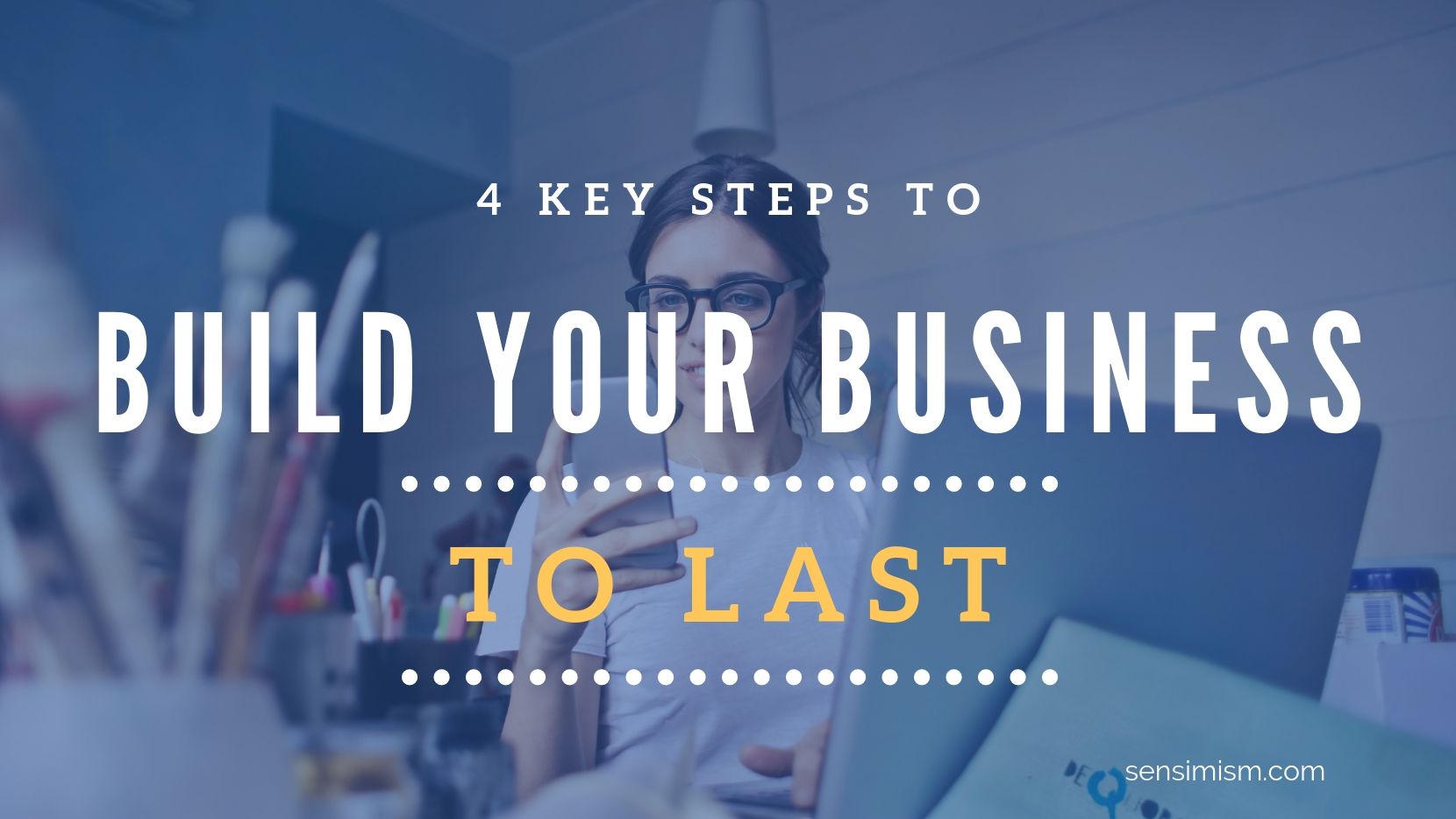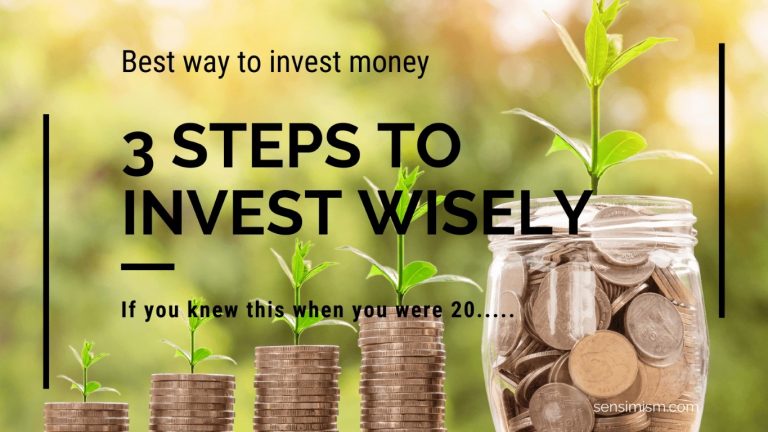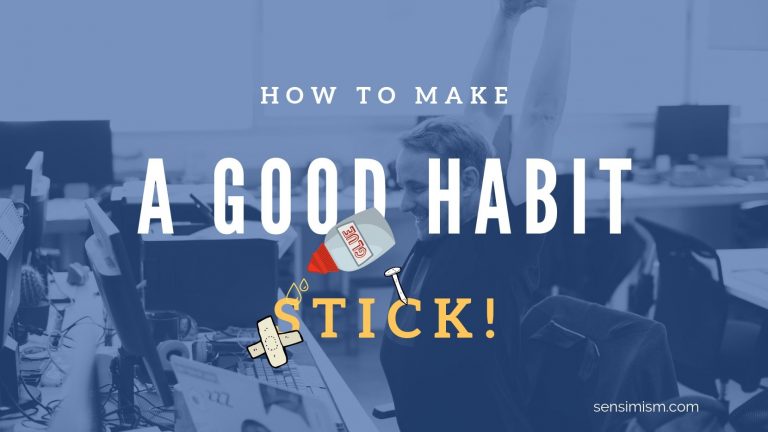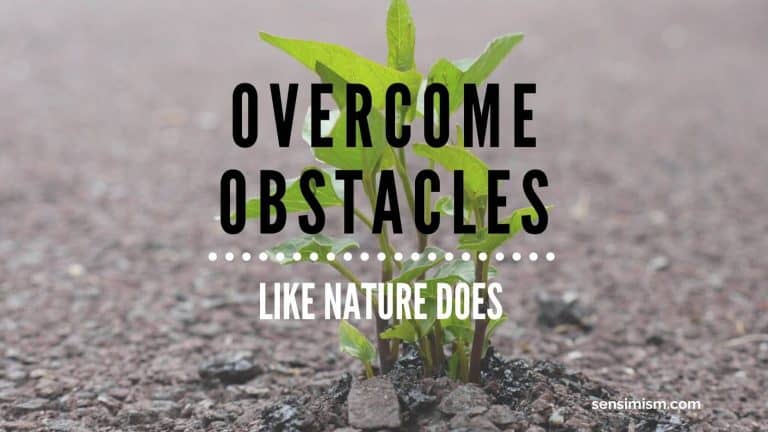How to start a business that lasts in 4 key steps
You might be amongst the growing group of people, who want to start their own business. Be your own boss. You also want that business to last, to grow and evolve. You wouldn’t want to waste your time on something that will make some money and then become useless, dated, forgotten right? Ok, we are on the same wavelength then :). Anyone can start a business, but not everyone can make it last. Let’s go through a few steps that will make sure you start in the right direction – and stay on it long term. Of course, I can’t give you all the complex steps and knowledge that go into a successful business in a single article. But I can give you some solid advice on how to start a business and a solid base to start from – things I learned during my journey, that can save you time.
After reading this post, you should be equipped with four key steps that will make your journey into entrepreneurship easier, save you time and stress. You will have more confidence in where and how to start and how the journey should develop. You will be able to stop yourself before going down an unproductive path. Ready? Let’s get into it:
First, start with something familiar, move fast – test and learn
This stage will give birth to your business. It might eventually end up not be the thing you start with. It might develop into a completely different product or service – and that’s ok. That is even desired – the more you are able to adapt your service, the more durable it will be. Most successful businesses started as something else and then followed where the demand took them.
Take something you are already familiar with – your hobby, your passion (though don’t listen to the dated advice “Follow your passion…” – it doesn’t always work and often, it’s wrong, same as often quoted “Do what you love, and you’ll never work another day in your life.” is wrong). Starting in familiar territory will give you a headstart, but don’t be afraid to listen to the market – your customers. You might think that they want to buy X, yet they will ultimately want to buy Y from you. Or XY, X2 – you get the point. Key here isn’t X or Y, it’s the fact they want to buy something – from you.
A good and long lasting business isn’t about what you want to sell. It’s about whether you sell what people want to buy. The more people want to buy it, the better for the business.
Ask yourself: Do I want to build a successful business OR do I want to do what I want? Because they are rarely the same. What you want won’t be what your customers want. Doing only what you want is a hobby, not a business. Sometimes it works out and people also buy it, but that’s an outlier. You will make it harder on yourself by taking this route. Try to find a compromise – How can I merge what I want doing with what people want to buy?
Move fast – apply the rule “better done, than perfect” until you find something that sells well. Only then try to perfect it further and fine-tune the details. Test a few ideas quickly so that you find out which one will give you the best return. Use available tools – it’s very easy to get a website going, build some Google and Facebook adverts and test several ideas. It’s also easy to set up an e-shop using services like Shopify (plus there are also services that can help you build a good e-shop on Shopify and if you’re not that technical – check out Nimble.help).
Perfectionism is not an entrepreneurs friend. Move fast, test, adjust and repeat. Apply the 80/20 Pareto rule.
Second, once you know what to sell – test, measure, improve and repeat
Now you have tested some ideas and found one that sells well – that gives you a good return (i.e. for someone, selling $5 items in thousands might be it – low price, but big scale, for another, selling a couple of expensive items might work out better – high price, low scale), you can start improving it. Listen to what your customers are telling you, do some additional research, test various alternatives of the product/service or of your messaging. Try different price structures or landing pages, add a bonus item or change the packaging. But always measure the outcome – various metrics like sales, how much time you spent on each step, conversion rate (how much you’ve sold vs how many customers visited), where people click on the website, which version sold more etc. – you can’t improve what you don’t measure ;).

You’ve established a base – you have a product, a customer base and a way to sell it. Build on that base – add services – add-ons, complementary products, find ways to sell more or for a higher price. Always listen to your customers – or ask them directly: “Is there anything else that you struggle with in this area? Can I help you further?”
What people want to buy/pay for usually hinges on their basic needs – to have more free time, to have less stress, to have more comfort. Start there – how can you word your offer so that customers understand this connection? Sometimes they will see features of a product or a service, but won’t always translate them into benefits for them. They might need a website, but the underlying need isn’t the website. It’s just another way how to grow their business so that they earn more and that way win more time or less stress or more comfort. “I will make you a website” is ok (feature/service), but “I will help your business grow by building a fast website that sells and Google will love” (benefit – growth, sales, Google rank growth) sounds much better.
Third – once you’re in this stage, take your time, don’t rush
This process can take longer – and that’s ok. There’s no need to rush it once you found something that sells well enough. It can only sell more if you work on improving it. It’s a good idea to measure your success – rate of sales but also other metrics, such as rate of contacts (do 100 people contact you and only 20 buy, or do 25 people contact you and 20 of them end up buying? If it’s the former, what can you do to make 40, 60, 80 instead of 20 people buy at the end?)
Don’t get distracted by today’s fast-moving world. It’s full of self-help gurus and instant millionaires that want to sell you their way of doing it. But what worked for them, in their situation and circumstances, and a different time, might not work for you. And also ask yourself – why would they want/need to sell me their method, if they are supposedly rich already and found the magic trick? Any chance their magic trick *is* selling me a bunch of steps that might or might not work?
Instead of chasing and replicating the steps of others, try to learn from what they did right or wrong and apply it in your circumstances. You’ll save yourself a lot of trouble that way.
Yes, some companies made it big fast, some entrepreneurs did so too – but they are the outliers, a small percentage (check out Malcolm Gladwell’s Outliers, it’s a great book on this topic). Most businesses took time to grow – the same as a strong and healthy forest in nature – if you want a strong and long-lasting business, it will take longer to build and grow.
Fourth – streamline, outsource, delegate
At this stage, you have a product that is well tested and adjusted to fit the market’s needs – and also sells well. You’ve done your testing and improving, you have built a solid customer base. You might find the tasks repetitive and not as interesting, as when the business was in its infancy. That’s ok – we are a species that needs security on one hand but desires novelty on another.
It is time to minimize your involvement and delegate or outsource most of the work. Start by eliminating all that isn’t essential to the business – any admin/paperwork/bureaucracy? Get rid of it. Apply the Pareto principle – 80/20 your business. Can you keep only 20% of services/products/tasks that bring 80% of your income and get rid of the rest? Are there any repetitive tasks that can be automated (by a spreadsheet or software) or done by another person?
Once you have streamlined the business, you might want to outsource some tasks that you no longer find challenging or interesting. This will free up your time to do whatever else you fancy – businesswise (expand into another area, start another business) or spend more time on your hobby or with your family.
There’s also another side to outsourcing – you don’t want the whole business to be you, to depend only on you. It might be good at the beginning – you can control everything, ensure it’s all done to the highest standard. But what if you want to take a few months off? No need for the business to wait or go stagnant should you be away or unable to work for a longer period. Outsourcing as much as you can means that it will work even if you are not around, in full or at least to some extent. It doesn’t necessarily mean a one-person business is a bad thing. My business www.nimble.help is run this way to some extent. But I can delegate many of the tasks I no longer find challenging, freeing up time to do more research, grow the business – or practice archery :).
Summary
Overall, it’s a simple structure you can build on, that will save you lots of trouble and time on your journey starting a business. Key takeaway is that it will take time. It might be years for the business to mature. You just need to monitor the development and decide for yourself – are the years productive and growing into something, or are you trying too hard, going down a wrong direction? Listen to your customers and sales – if it sells and it grows over time – you have a business. If it sells initially (friends, close surroundings), but you can’t scale it and sales stagnate, maybe it’s better to invest your effort elsewhere.
- think about what you can sell and what people you know need or complain about
- try to sell them services or products that help them with that need/problem
- once you identify something that sells well, improve your offer, expand and build on it
- let your business mature over time, keep improving it, but don’t rush things
- streamline and outsource as much as you can – so you are not the business and so that you have more free time – which is, I assume, your ultimate goal.
So, where to from here?
If you haven’t already, take a pen and paper (or a laptop if you like) and write down your strengths, areas of expertise that you can sell. Then, figure out whether there’s a market for that – google it. Are there websites already doing it? That’s fine – can you do it better?
Once you have identified what your strengths are, start with item #1 in this article.
Recommended reading for How to start a business
- Malcolm Gladwell’s Outliers – you’ll learn that everyone should measure themselves against their past, within their circumstances, not against some dude that made it big 20 years ago in a different country. You’ll also learn, that success is more often about luck than about skill.
- The Million-Dollar, One-Person Business by Elaine Pofeldt – get inspired by many examples of entrepreneurs, who built their own businesses in various niches and how they did it.
- The Millionaire Fastlane: Crack the Code to Wealth and Live Rich for a Lifetime by MJ DeMarco – an honest, slap in the face book about how you should look at business, saving money and investing. A refreshing read that you will certainly be grateful for.
- Barking Up the Wrong Tree: The Surprising Science Behind Why Everything You Know About Success Is (Mostly) Wrong by Eric Barker – another great book that will show you what success really is about and that common assumptions about success are often incorrect. Full of great examples and stories, you won’t be able to put it down.
Do you have a different experience? Did I miss some important steps? Let me and other readers know in the comments.
Featured photo by bruce mars from Pexels






